Reptiles and amphibians are fascinating creatures that captivate the curiosity of many nature enthusiasts. However, identifying and understanding the various types can be a daunting task. Whether you are a budding herpetologist or simply an animal lover, the vast array of species can be overwhelming.
Are you struggling to distinguish between different types of iguanas, snakes, or tortoises? Or perhaps you are curious about the unique traits of amphibians like the axolotl? The complexity of these creatures often leaves many with more questions than answers.
Don’t worry! This comprehensive guide is here to demystify the world of reptiles and amphibians. We will provide clear, concise information about various species, their habitats, and unique characteristics.
Reptiles
Reptiles are cold-blooded vertebrates characterized by scales or scutes covering their skin. They include diverse species such as snakes, lizards, turtles, and crocodiles. Reptiles are found in various habitats worldwide, from deserts to rainforests, and play crucial roles in their ecosystems.
Iguanas
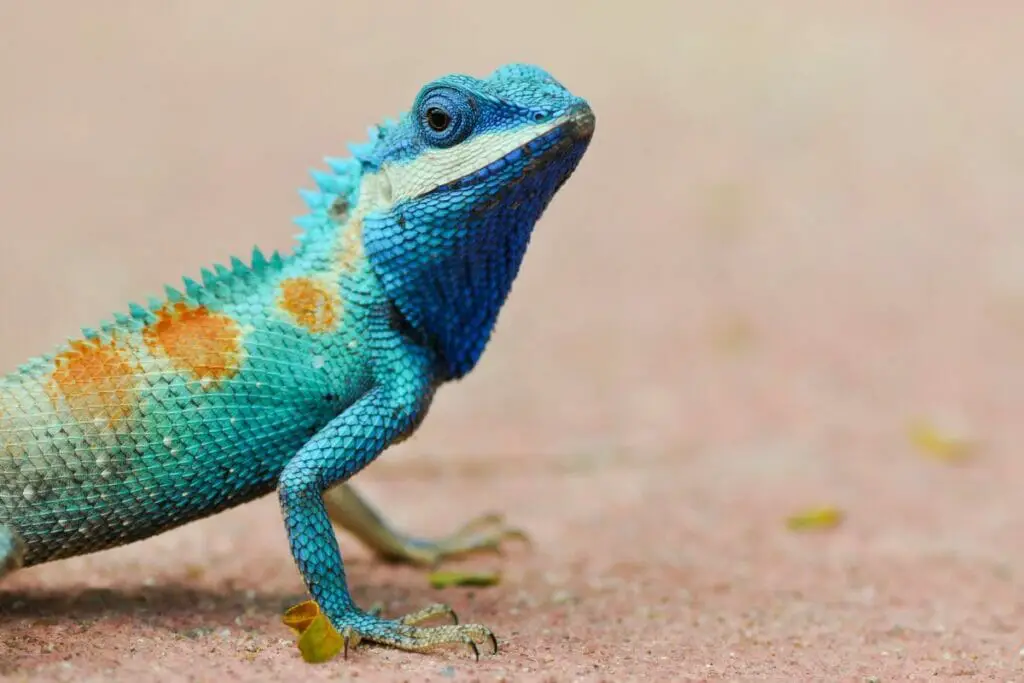
Iguanas are a diverse group of large lizards belonging to the family Iguanidae. They inhabit tropical and subtropical regions of Central and South America, the Caribbean, and some Pacific islands.
Known for their distinctive physical features, such as a row of spines along their backs and a dewlap under their throats, iguanas are primarily arboreal, though some species are more terrestrial.
Green Iguana (Iguana iguana)
The Green Iguana is native to Central and South America. This arboreal, primarily herbivorous species can change color based on temperature and mood. It is popular in the pet trade and has become invasive in regions like Florida and Hawaii. Learn more about Iguanas.
Lesser Antillean Iguana (Iguana delicatissima)
This species is native to the Lesser Antilles in the Caribbean. Vibrantly green at hatching, males turn a darker slate grey as they age. Habitat loss and competition with the Green Iguana threaten this species.
Marine Iguana (Amblyrhynchus cristatus)
Found only in the Galápagos Islands, the Marine Iguana is unique for its ability to forage in the sea, feeding primarily on algae.
Fiji Crested Iguana (Brachylophus vitiensis)
Native to Fiji, this iguana features short spiny crests and vibrant green color. It likely arrived in Fiji via long-distance overwater dispersal.
Spiny-Tailed Iguanas (Ctenosaura spp.)
These iguanas are found in Mexico and Central America. Known for their spiny tails, they are more terrestrial compared to other iguanas.
Rock Iguanas (Cyclura spp.)
Rock Iguanas, native to the West Indies, are robust and rock-dwelling. Notable species include the Grand Cayman Blue Iguana and the Rhinoceros Iguana.
Desert Iguana (Dipsosaurus dorsalis)
Adapted to arid environments in the southwestern United States and Mexico, the Desert Iguana is smaller and has pale coloration for desert camouflage.
Chuckwallas (Sauromalus spp.)
Found in the southwestern United States and Mexico, Chuckwallas are large, stocky lizards that can inflate their bodies to wedge into rock crevices for protection.
Snakes
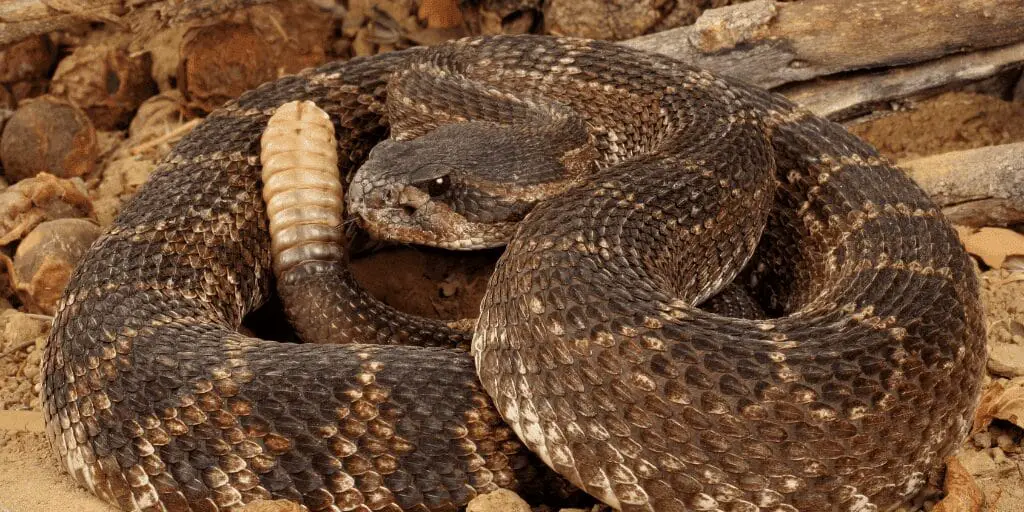
Snakes are a diverse group of reptiles found all over the world. They play crucial roles in ecosystems as predators and prey. Here are some notable types:
Corn Snakes
Corn snakes (Pantherophis guttatus), also known as red rat snakes, are native to the southeastern and central United States. They are non-venomous constrictors that subdue prey by wrapping around and suffocating it. These snakes are popular pets due to their docile nature and manageable size.
Physical Description
- Size: Adults typically measure 2 to 5 feet.
- Coloration: Orange or brownish-yellow with red blotches outlined in black. Their bellies have a black and white checkerboard pattern.
- Lifespan: Wild corn snakes live 6-8 years, while those in captivity can live up to 23 years.
- Activity: Primarily diurnal but can be nocturnal in warmer climates. Excellent climbers.
- Diet: Primarily small rodents and birds. In captivity, they are fed mice and rats.
Morphs
Popular morphs include Amelanistic (lacking black pigment), Snow (white with gray shades), Carolina (natural wild type), Ghost (faded hues), Blood Red (intense red), Okeetee (bright red/orange with black borders), Lavender (light purple), Pewter (silvery gray), and Caramel (light brown/tan).
Black Snakes
The term black snake refers to various species predominantly black in color, found worldwide.
Popular Species
- Black Rat Snake (Pantherophis obsoletus): Non-venomous, found in eastern and central U.S., up to 8 feet long.
- Eastern Indigo Snake (Drymarchon couperi): Non-venomous, southeastern U.S., up to 8.5 feet, glossy blue-black.
- Red-Bellied Black Snake (Pseudechis porphyriacus): Venomous, Australia, glossy black with red/orange flanks, pink belly.
- Black Racer (Coluber constrictor constrictor): Non-venomous, eastern U.S., up to 6 feet, fast-moving.
- Blue-Bellied Black Snake (Pseudechis guttatus): Venomous, Australia, blue-black with a red belly, found in wetlands.
Corn and black snakes help control rodent populations and are essential to their ecosystems, making them fascinating subjects for herpetologists and enthusiasts.
Tortoises
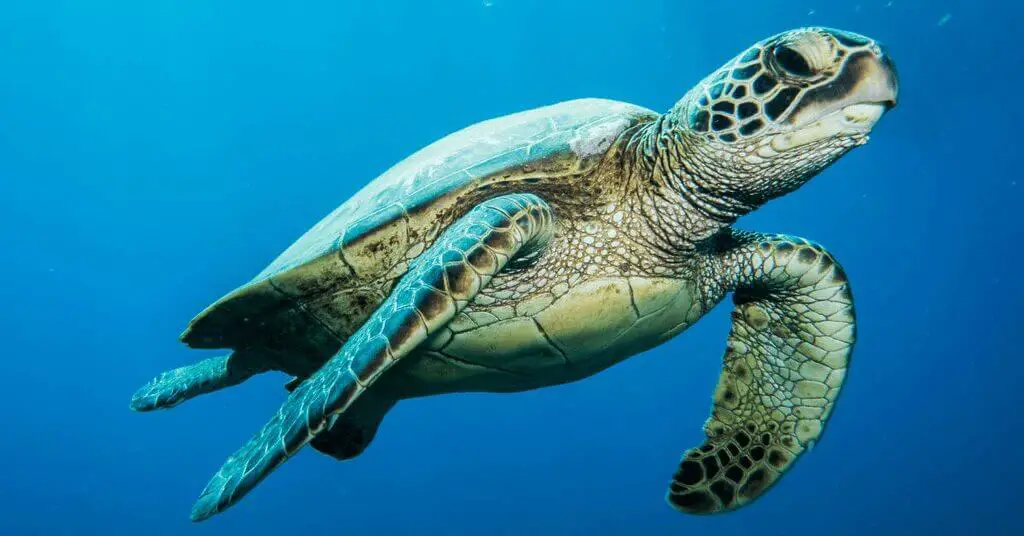
Tortoises are land-dwelling reptiles belonging to the family Testudinidae. They have distinctive hard shells that provide protection from predators and environmental hazards. Found in various habitats worldwide, tortoises are known for their longevity and diverse dietary habits.
Aldabra Giant Tortoise (Aldabrachelys gigantea)
Native to the Seychelles Islands, the Aldabra Giant Tortoise can weigh up to 550 pounds and live over 100 years, with some individuals reaching 200 years. They primarily eat grasses, leaves, and woody plant stems. Learn more about this fascinating species.
African Spurred Tortoise (Centrochelys sulcata)
Found on the southern edge of the Sahara Desert, this tortoise can grow up to 30 inches long and weigh over 100 pounds. Known for digging deep burrows to escape the heat, they live 50-150 years and primarily feed on grasses and leafy greens.
Galápagos Giant Tortoise (Chelonoidis niger)
Inhabiting the Galápagos Islands, these tortoises can weigh over 800 pounds and live more than 100 years. They consume grasses, fruits, and cacti. There are at least 12 subspecies adapted to different islands within the archipelago.
Egyptian Tortoise (Testudo kleinmanni)
This small tortoise, up to 5 inches long, is found in Egypt, Israel, and Libya. With a lifespan of 70-100 years, it primarily eats grasses and leafy plants. It is critically endangered due to habitat loss and the pet trade.
Pancake Tortoise (Malacochersus tornieri)
Native to rocky outcrops in East Africa, the Pancake Tortoise has a flat, flexible shell that allows it to squeeze into narrow crevices. It grows up to 7 inches long and lives 25-50 years, feeding on grasses and leafy plants.
Radiated Tortoise (Astrochelys radiata)
This species from southern Madagascar is known for its striking star-patterned shell. It grows up to 16 inches long, lives over 50 years, and eats grasses, fruits, and succulent plants. It is critically endangered due to habitat destruction and poaching.
Red-Footed Tortoise (Chelonoidis carbonarius)
Found in northern South America, the Red-Footed Tortoise is known for its bright red or orange scales. It grows up to 14 inches long, lives 50-90 years, and has an omnivorous diet including fruits, flowers, fungi, and small animals.
Leopard Tortoise (Stigmochelys pardalis)
This species from eastern and southern Africa is named for its distinctive spotted shell. It grows up to 18 inches long and lives 50-100 years, primarily eating grasses and succulents.
Hermann’s Tortoise (Testudo hermanni)
Native to Mediterranean Europe, Hermann’s Tortoise grows up to 11 inches long and lives 50-75 years. It is herbivorous, feeding on grasses, flowers, and fruits, and is popular as a pet due to its manageable size and docile nature.
Russian Tortoise (Testudo horsfieldii)
This hardy species is found in Central Asia, including Russia, Afghanistan, and Iran. It grows up to 10 inches long, lives 40-50 years, and primarily feeds on grasses and leafy greens.
Crocodiles
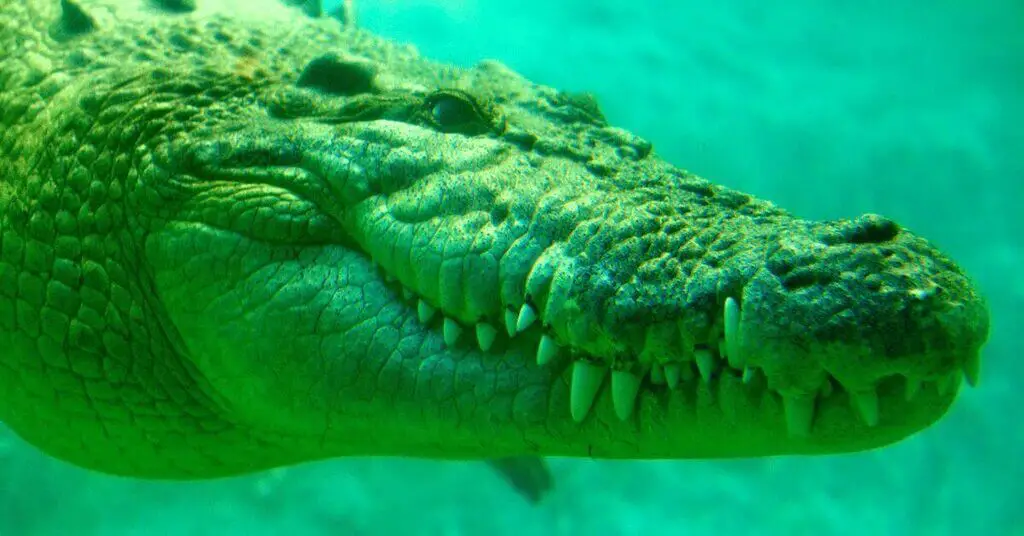
Crocodiles are ancient reptiles that have survived for millions of years. Found in tropical and subtropical regions, they are apex predators in their ecosystems. Here are some of the most fascinating types of crocodiles:
Saltwater Crocodile (Crocodylus porosus)
The saltwater crocodile is the largest living reptile, reaching lengths of over 7 meters (23 feet) and weights over 1,000 kilograms (2,200 pounds).
Found in Southeast Asia, northern Australia, and eastern India, they thrive in both freshwater and saltwater environments. Known for their size, powerful jaws, and aggression, they prey on fish, birds, mammals, and even sharks.
Nile Crocodile (Crocodylus niloticus)
The Nile crocodile, the second-largest crocodilian, can grow up to 6 meters (20 feet). Native to Africa, they inhabit rivers, lakes, and marshes. With a bite force around 5,000 PSI, they are formidable predators, hunting fish, birds, mammals, and occasionally humans.
American Crocodile (Crocodylus acutus)
Found in the Caribbean, Central America, and southern Florida, American crocodiles inhabit both freshwater and saltwater environments, including coastal areas and mangrove swamps.
They are generally less aggressive towards humans but can still be dangerous. Their diet includes fish, crustaceans, and small mammals.
Cuban Crocodile (Crocodylus rhombifer)
This critically endangered species is found only in Cuba’s Zapata Swamp and Isle of Youth. Known for its aggressive behavior and unique group hunting strategies, the Cuban crocodile primarily lives in freshwater environments and preys on fish, birds, and mammals.
Siamese Crocodile (Crocodylus siamensis)
The critically endangered Siamese crocodile inhabits rivers, lakes, and marshes in Southeast Asia. Due to habitat loss and hunting, their populations have drastically declined. They feed on fish, birds, and small mammals.
Philippine Crocodile (Crocodylus mindorensis)
Endemic to the Philippines, this critically endangered species has a slender snout and lighter coloration. Found in rivers, lakes, and marshes, they prey on fish, birds, and small mammals.
Each species has unique adaptations and behaviors, making them vital to their ecosystems. Conservation efforts are crucial to protect these ancient reptiles from threats like habitat loss and hunting.
Alligator

Alligators are large, carnivorous reptiles belonging to the family Alligatoridae. They are characterized by broad, rounded snouts, powerful tails, and armored bodies covered with bony plates called scutes.
Primarily found in freshwater environments, alligators play a crucial role as apex predators in their ecosystems.
Physical Characteristics
- Size: Adult male American alligators typically range from 11 to 15 feet, while females are smaller, averaging around 8.5 to 9.8 feet. Chinese alligators are smaller, rarely exceeding 7 feet.
- Weight: Males can weigh up to 1,000 pounds, with some individuals reaching even higher weights.
- Coloration: Juveniles are black with yellow stripes. Adults are generally dark-colored, ranging from olive to black.
Types of Alligators
American Alligator

The American alligator (Alligator mississippiensis) is primarily found in the southeastern United States, including states such as Florida, Louisiana, and Texas. Adult males can grow up to 15 feet in length, while females are smaller, averaging around 9.8 feet.
These alligators are carnivorous, feeding on a variety of prey including fish, birds, mammals, and other reptiles. Thanks to successful conservation efforts, the American alligator has recovered from near extinction and is now listed as “Least Concern.”
They play a crucial role in their ecosystems, helping to control the populations of their prey species and creating habitats for other wildlife through their burrowing activities.
Chinese Alligator
The Chinese alligator (Alligator sinensis) is native to the lower Yangtze River Valley in China. This species is smaller than its American counterpart, typically growing up to 7 feet in length. Their diet consists of fish, birds, and small mammals.
The Chinese alligator is critically endangered, with fewer than 1,000 individuals remaining in the wild. Habitat destruction and pollution have significantly impacted their populations, making conservation efforts essential for their survival.
Despite their smaller size and different geographical range, Chinese alligators share similar ecological roles with American alligators, contributing to the balance of their environments by regulating prey populations and maintaining wetland habitats.
Amphibians
Amphibians are cold-blooded vertebrates that live both on land and in water. They include frogs, toads, salamanders, and newts. Known for their moist skin and ability to breathe through it, amphibians undergo metamorphosis from larvae to adults, playing crucial roles in their ecosystems as predators and prey.
Axolotls
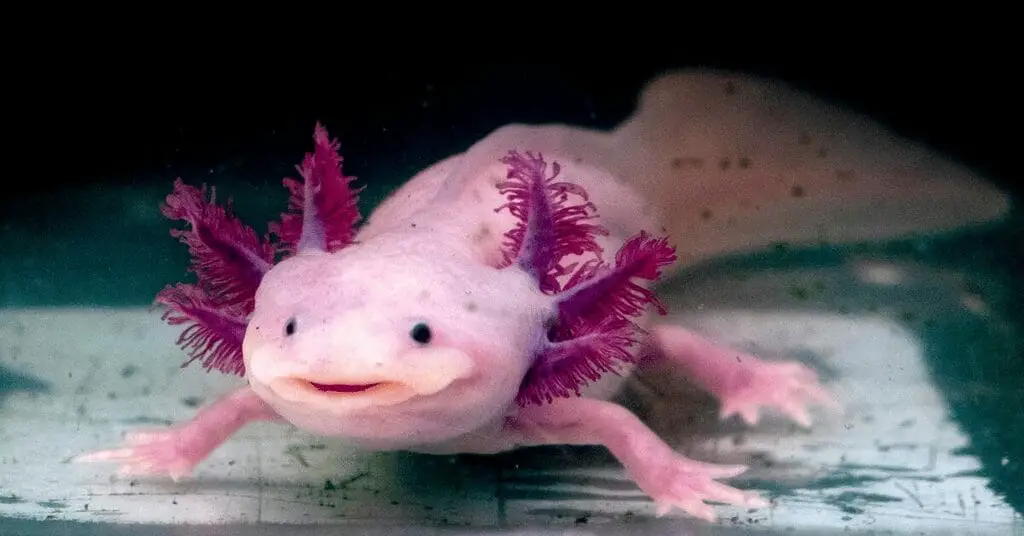
Axolotls (Ambystoma mexicanum) are unique salamanders known for their remarkable regenerative abilities and neotenic characteristics, retaining juvenile features throughout their lives.
Native to the freshwater lakes and canals of Mexico City, especially Lake Xochimilco, axolotls have become popular in scientific research and the pet trade.
Common Morphs
Wild Type: These axolotls are typically brown or tan with gold speckles and an olive undertone. They have dark eyes with a shiny gold ring around the pupil and purple or gray gills.
Leucistic: Leucistic axolotls have pale pink or white bodies with black eyes and bright red gills. They may develop freckles depending on their environment and genetics.
White Albino: These axolotls have white or pink bodies with clear or red eyes and bright red gills, without any pigmentation on their bodies.
Golden Albino: Golden albinos have a golden yellow body with shiny patches, clear eyes, and peach-colored gills. They lack melanophores, giving them their distinctive golden appearance.
Melanoid: Melanoid axolotls are solid black or dark blue with no gold speckling or olive tone. They have an increased amount of melanophores and lack shiny pigments.
Conclusion
Reptiles and amphibians are diverse and intriguing creatures that play vital roles in their ecosystems. From the cold-blooded reptiles like iguanas, snakes, and tortoises to the unique amphibians such as axolotls, each species boasts distinct characteristics and adaptations.
Iguanas, with their varied habitats and distinctive physical traits, exemplify the diversity within reptilian species. Snakes, from corn snakes to black snakes, display a range of behaviors and ecological roles. Tortoises, known for their longevity and unique shells, inhabit diverse environments worldwide.
Crocodiles and alligators, as apex predators, are crucial for maintaining ecological balance. Meanwhile, amphibians like axolotls captivate with their regenerative abilities and neotenic features.
Understanding and appreciating these creatures not only enriches our knowledge but also underscores the importance of their conservation.

